Search
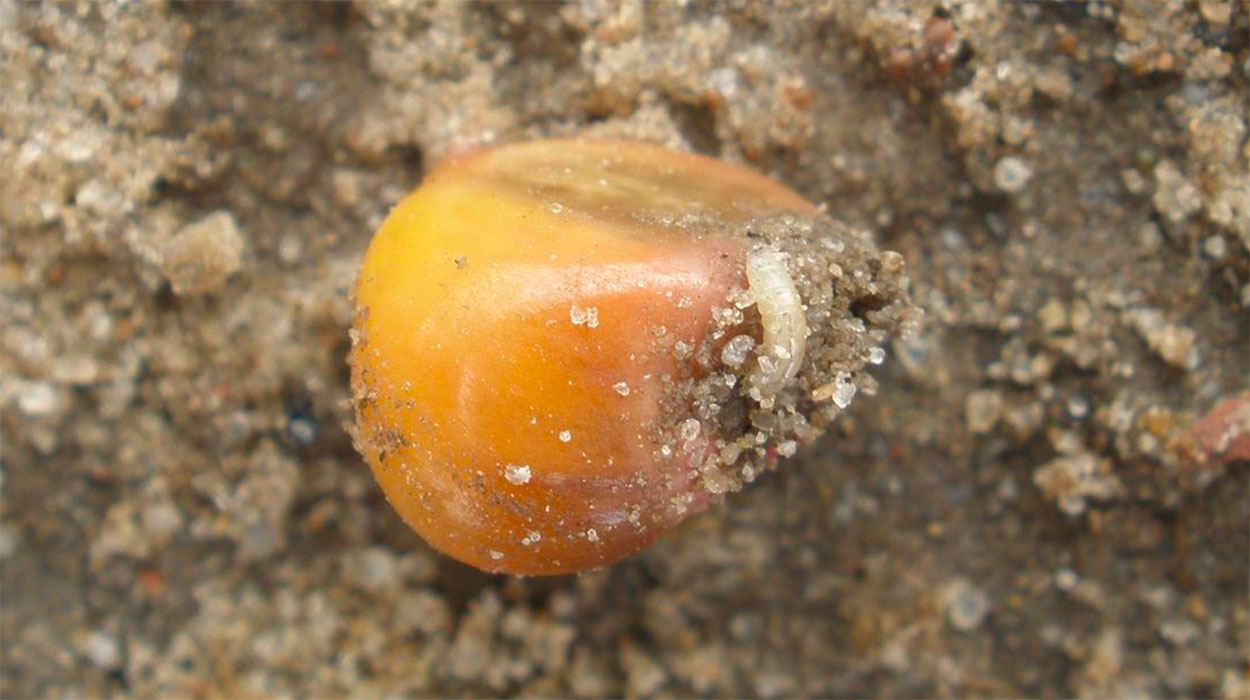
Seedcorn Maggot Degree Day Activity Estimates: May 20, 2021
Seedcorn maggots can be an early-season pest of corn and soybean in South Dakota, typically affecting crops that are emerging or have recently emerged. Seedcorn maggots can cause direct loss by destroying planted seeds.
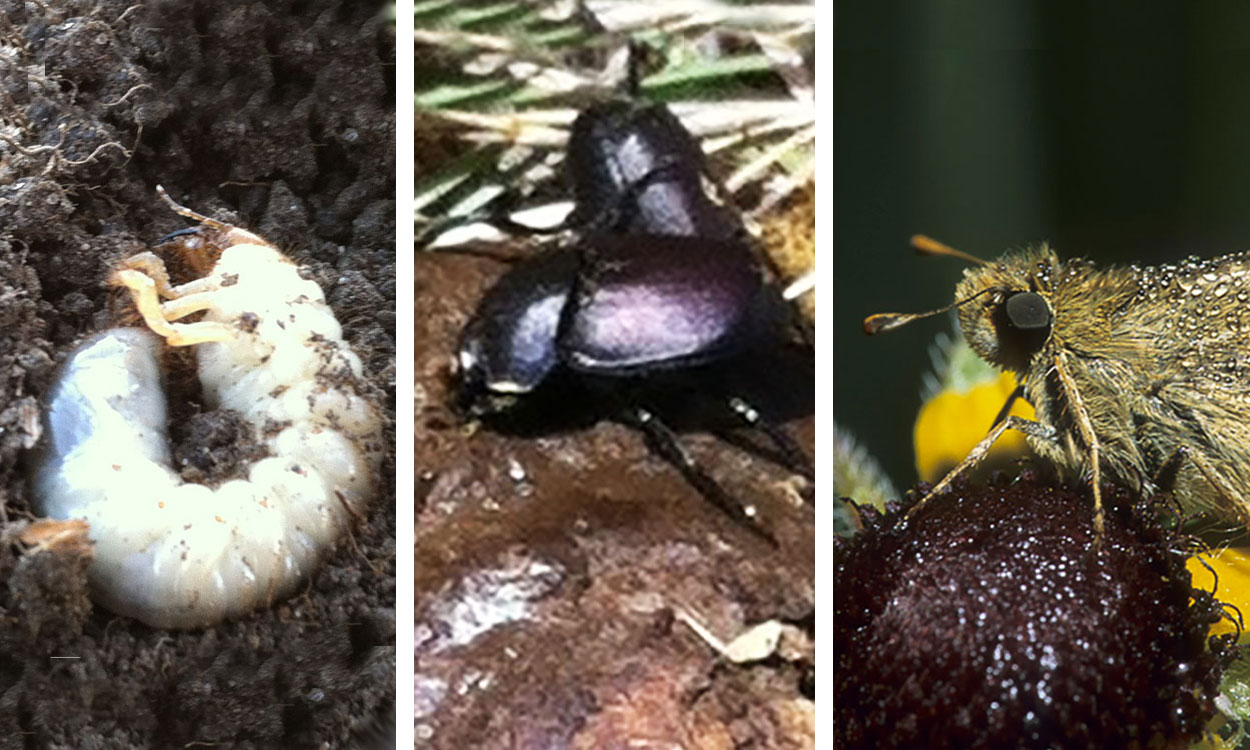
Rangeland Insects Are Critical Indicators of System Health
Insects, in general, may offer more indication of rangeland health than any other type of organism. They serve as key building blocks that other organisms depend on.
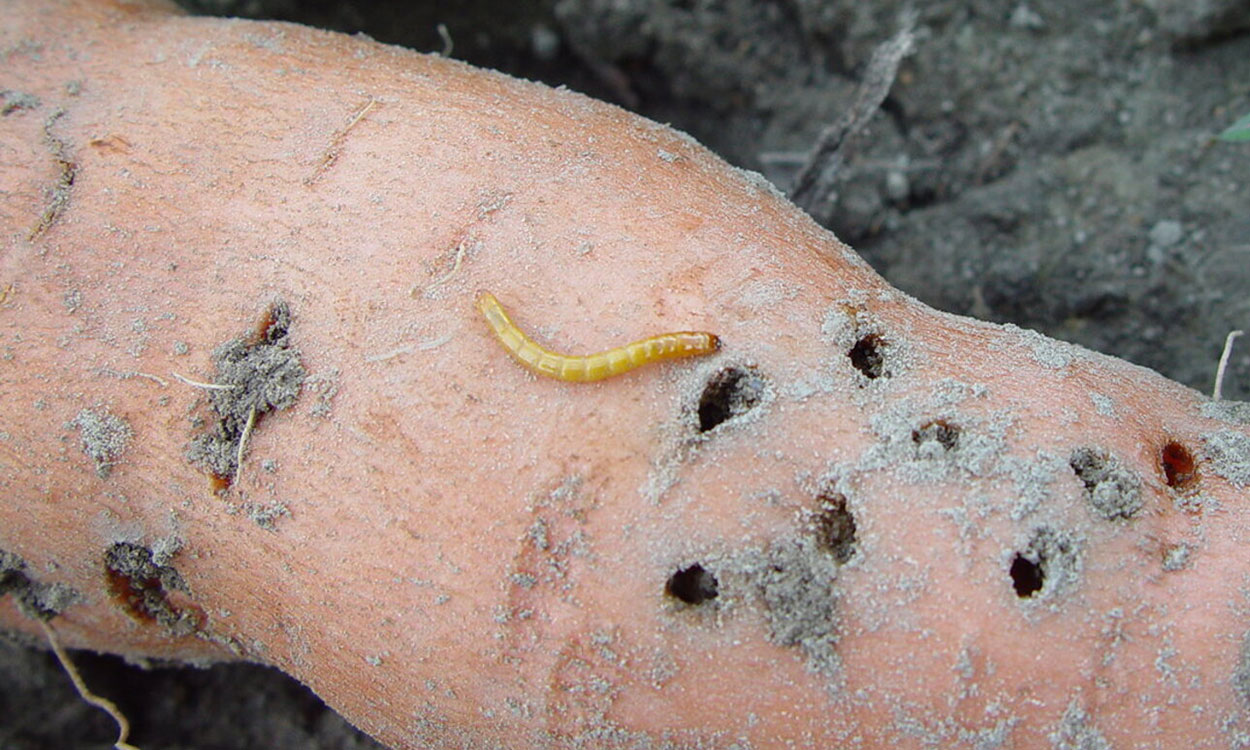
Wireworms in the Garden
With warming soil temperatures, overwintering wireworms have become active throughout South Dakota. Wireworms are soil-dwelling insects that can be pests of germinating seeds, seedlings and root crops.
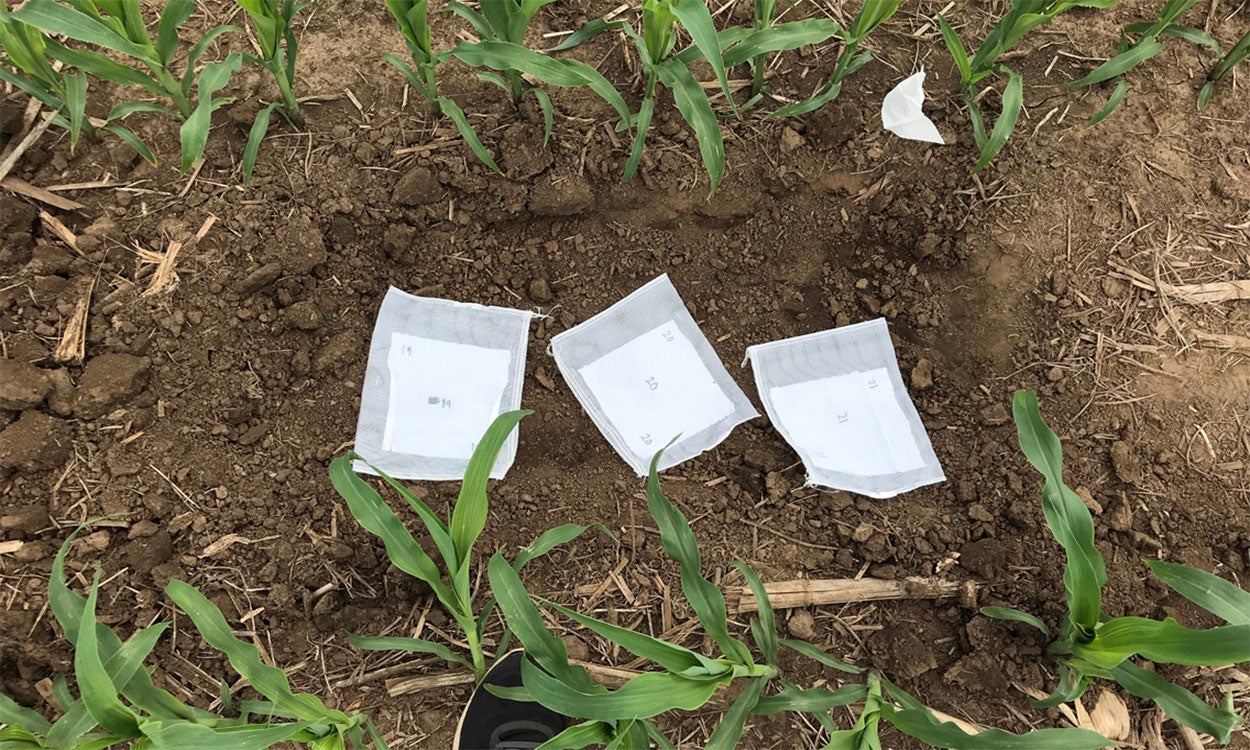
Cotton Strip Soil Test: Rapid Assessment of Soil Microbial Activity and Diversity in the Field
Soil has always been considered as a living system due to its biological components: fungi, bacteria and plant roots. Under several ongoing research projects, we started researching how we can use ‘cotton strip assay’ to compare different cover crop mixes to optimize field soil activity and build up better soil health.
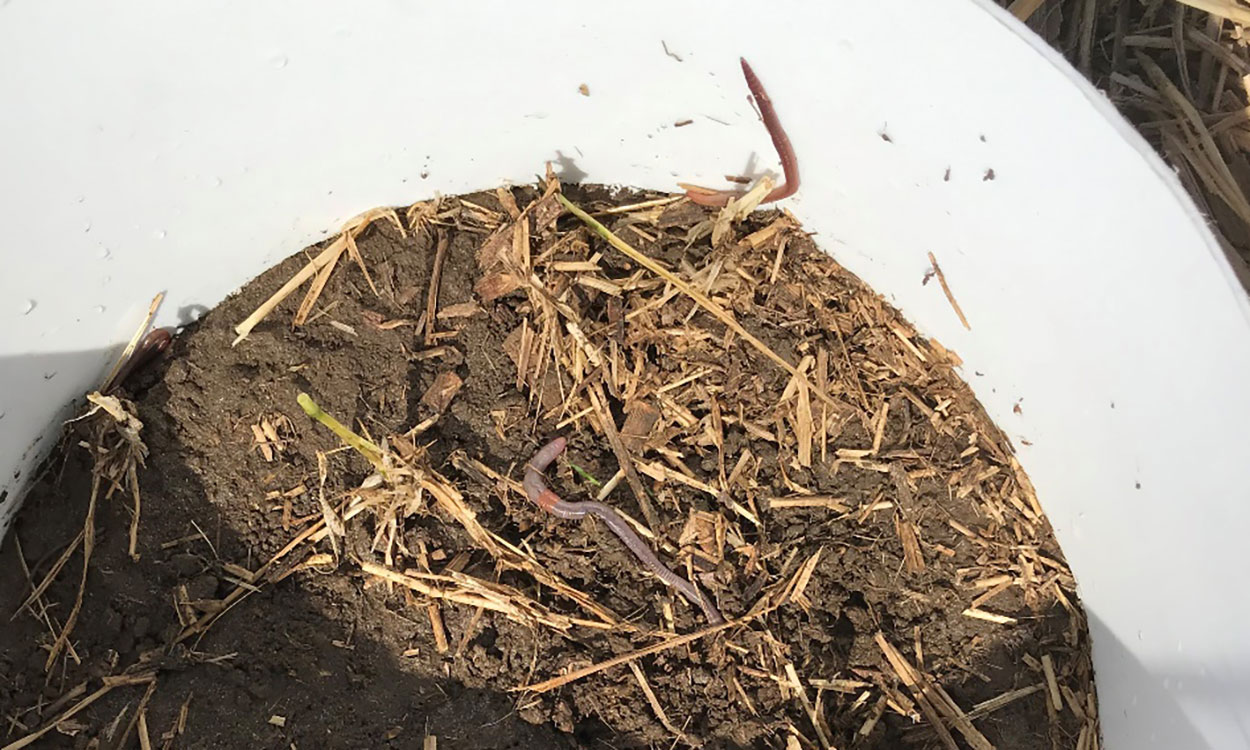
How’s Life in the Soil? Ask (Count) the Earthworms.
Earthworms are ‘very special’ creatures on earth, and their contribution in soil nutrient cycling and fertility management has been acknowledged from the beginning of agriculture. So, the question needs to be asked, how can we help improve earthworm populations?
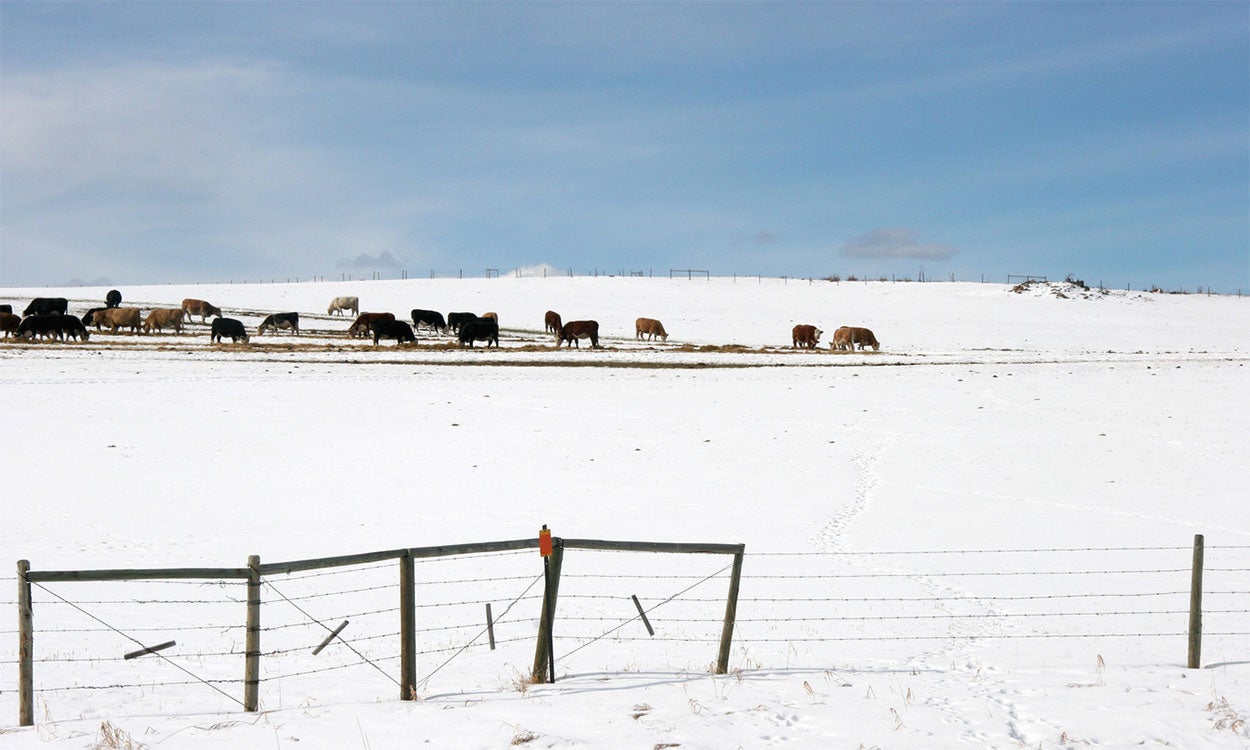
Winter Cow Supplementation and Cold Stress
Extreme winter weather makes it challenging to meet a cow’s nutrient requirements. With below-normal temperatures come challenges of ensuring adequate nutrition and protection for livestock, including being prepared to provide additional feed and shelter.

Supplementing Cows on Crop Residue
During winter, it is a common practice to have cows graze crop residue. This helps reduce the amount of forage needed to maintain a cow for part of the year, while reducing annual feed costs. However, cows may eventually need supplementation when grazing crop residues.

Updated Guidelines for Monitoring Colostrum Consumption and Antibody Transfer in Calves
Dairy and beef producers have long understood the importance of colostrum for the short- and long-term health of their calves. Calf health experts have determined the minimum level of serum protein to categorize a calf as having received sufficient colostrum.

SDSU Extension Opens Registration for 2020-2021 Calf Value Discovery Program
October 14, 2020
SDSU Extension Opens Registration for 2020-2021 Calf Value Discovery Program
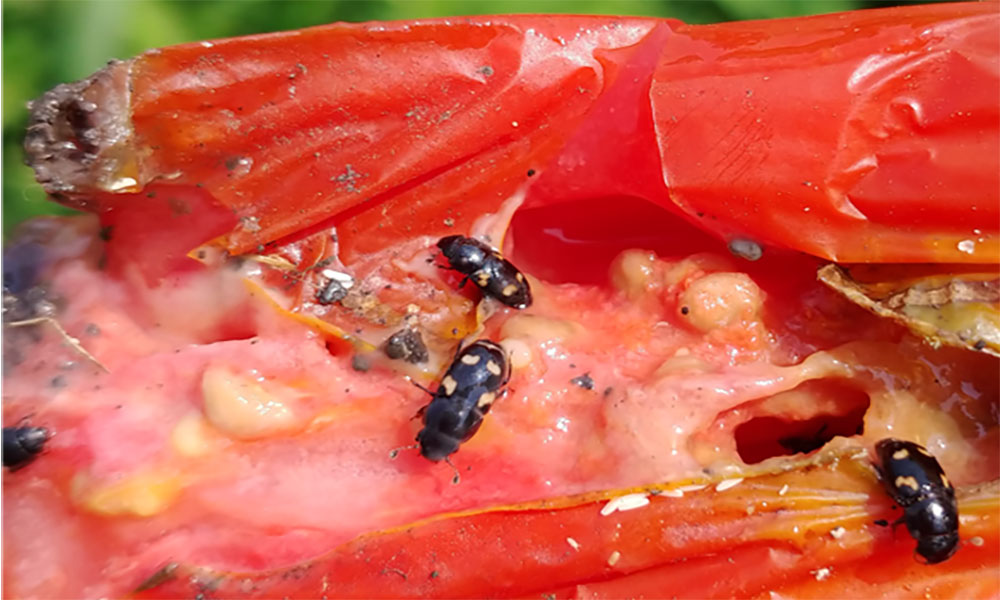
How Do I Keep Insects From Destroying My Garden Produce?
It is not unusual to see insects in a garden during the fall, but it can be frustrating to watch nearly ripe produce be destroyed by insects before it can be picked.